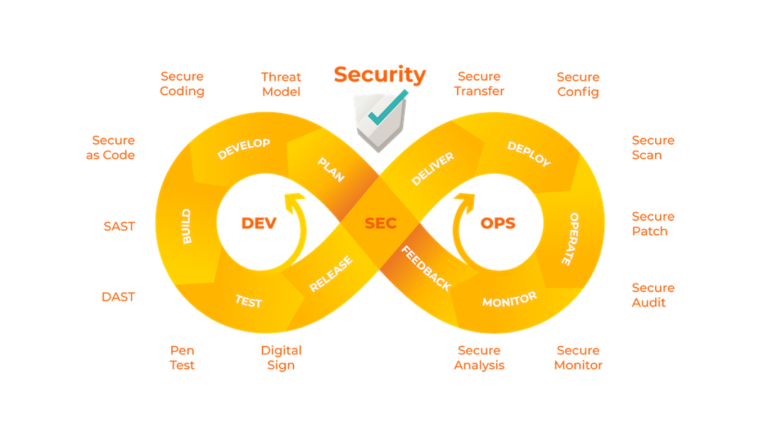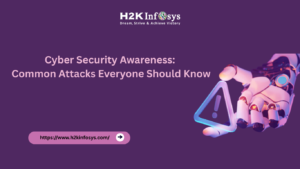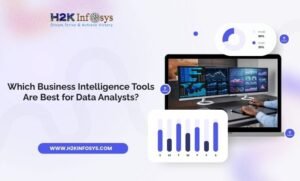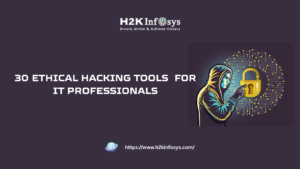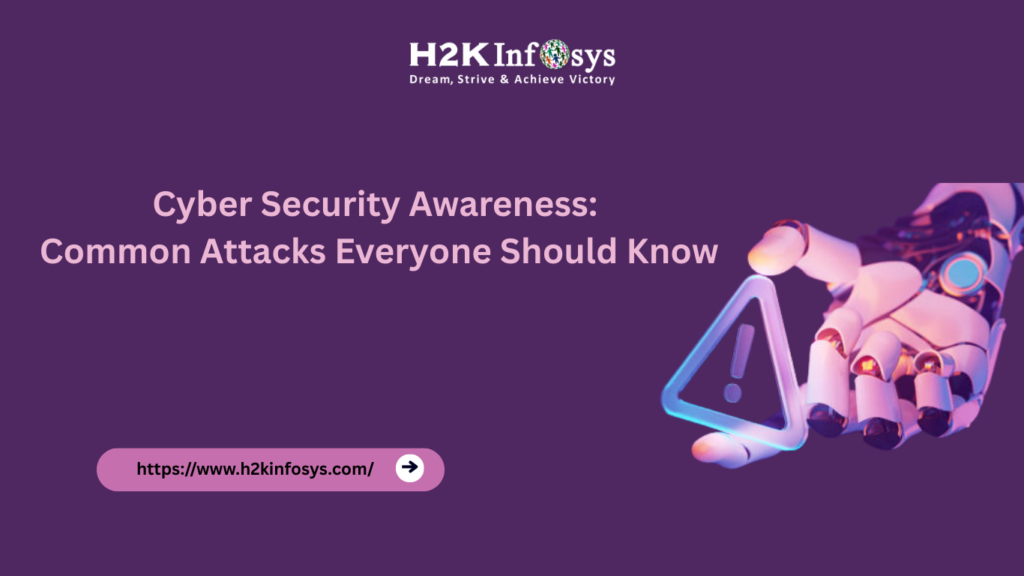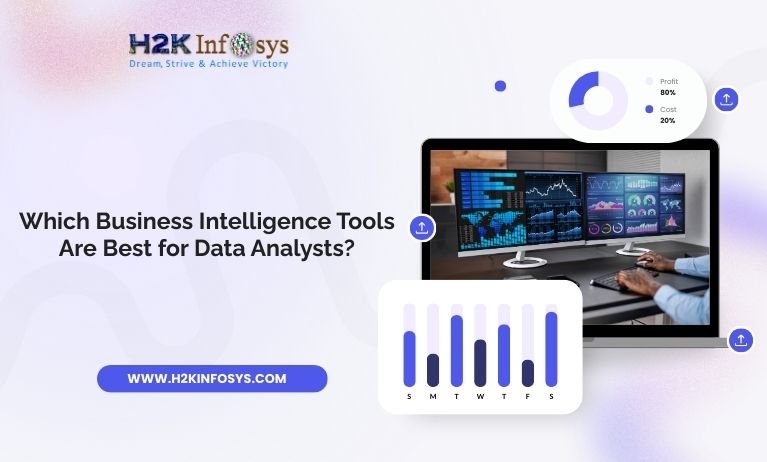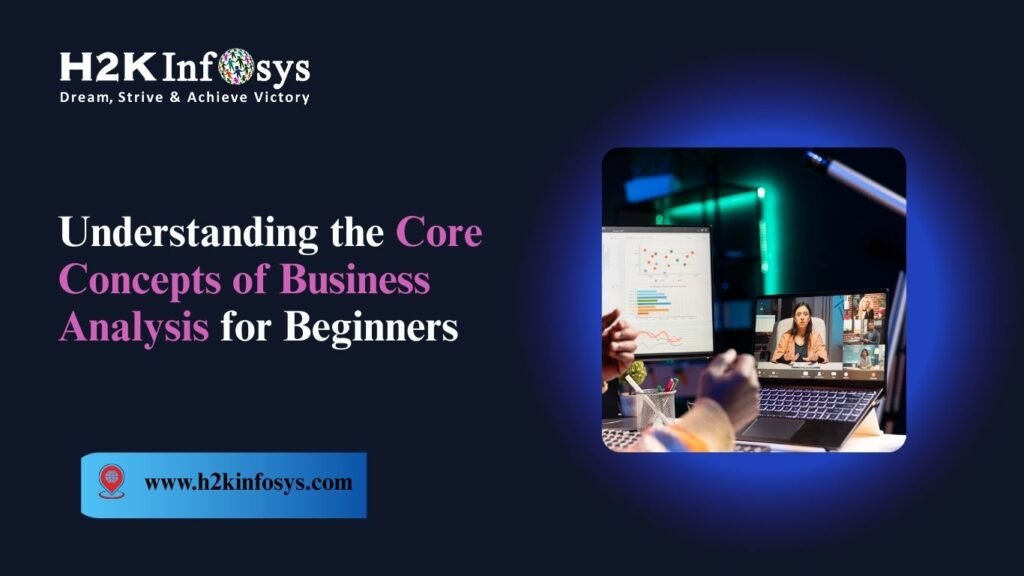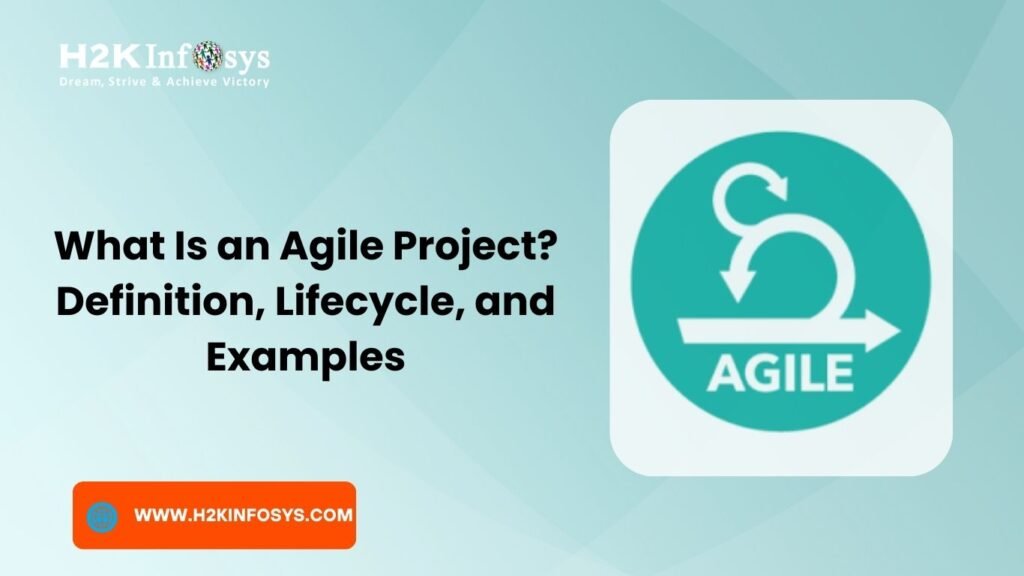Introduction
Security has moved from being an isolated task to becoming essential in all digital activities. It must be integrated throughout the software development lifecycle. That’s where DevSecOps comes in a modern approach that embeds security into DevOps workflows from the very beginning. A vital part of this integration is Risk and Vulnerability Scanning, which identifies potential threats and flaws before they become real-world incidents.
As cyberattacks become more sophisticated, organizations can no longer afford to treat security as an afterthought. This blog post takes a deep dive into the importance of Risk and Vulnerability Scanning in DevSecOps, offering insights, strategies, tools, and best practices that every cybersecurity and DevOps professional must understand.
Whether you are exploring a DevSecOps Course Online, preparing for DevSecOps Training and Certification, or targeting an AWS DevSecOps Certification, mastering the concept of Risk and Vulnerability Scanning is essential for building secure and resilient systems.
What is Risk and Vulnerability Scanning?
Defining the Concept
Risk and Vulnerability Scanning refers to the systematic process of identifying, analyzing, and reporting security weaknesses within an IT infrastructure. This involves scanning application code, configuration files, containers, networks, and databases to uncover known vulnerabilities or potential security risks.
- Risk represents the potential impact of a vulnerability being exploited.
- Vulnerability refers to the flaw or weakness that could be exploited.
Why It Matters in DevSecOps
In the DevSecOps framework, continuous integration and deployment (CI/CD) require security checks to be automated and ongoing. Risk and Vulnerability Scanning enables proactive identification of threats at every stage of development, aligning with the “shift-left” security model.
Without effective scanning, a single vulnerability can compromise an entire pipeline, leading to data breaches, financial losses, and reputational damage.
Key Objectives of Risk and Vulnerability Scanning
1. Early Detection
The earlier you detect a security risk, the cheaper and easier it is to fix. Integrating Risk and Vulnerability Scanning into your CI/CD pipeline ensures vulnerabilities are caught before deployment.
2. Continuous Monitoring
Security is not a one-time task. Continuous scanning helps detect new vulnerabilities introduced by code changes, third-party libraries, or infrastructure updates.
3. Risk Prioritization
Not all vulnerabilities are equal. By associating each vulnerability with a risk score (based on impact and exploitability), teams can prioritize remediation efforts effectively.
4. Compliance and Governance
Many industries require strict adherence to security standards (like PCI DSS, HIPAA, or ISO 27001). Regular Risk and Vulnerability Scanning supports compliance by producing auditable reports.
How Risk and Vulnerability Scanning Works
Step 1: Asset Identification
Before scanning begins, identify what needs protection applications, APIs, databases, containers, etc. Asset visibility is critical to ensuring comprehensive security coverage.
Step 2: Tool Integration
Security scanning tools (static, dynamic, and software composition analysis tools) are integrated into the CI/CD pipeline to automate scanning at every build.
Step 3: Scanning Execution
These tools analyze the application’s codebase, dependencies, infrastructure configurations, and runtime behavior. Vulnerability databases (like CVE) are used to detect known issues.
Step 4: Risk Assessment
Each vulnerability is scored based on metrics such as CVSS (Common Vulnerability Scoring System) to evaluate its risk level.
Step 5: Reporting and Remediation
Actionable reports are generated and forwarded to developers for quick fixes. Many tools also offer suggestions or auto-remediation capabilities.
Types of Risk and Vulnerability Scanning in DevSecOps
1. Static Application Security Testing (SAST)
- Scans source code for vulnerabilities before runtime.
- Identifies issues like SQL injection, buffer overflow, or insecure APIs.
2. Dynamic Application Security Testing (DAST)
- Simulates attacks on running applications.
- Detects real-world vulnerabilities like cross-site scripting or authentication flaws.
3. Software Composition Analysis (SCA)
- Analyzes open-source libraries and dependencies.
- Detects outdated or vulnerable third-party components.
4. Infrastructure as Code (IaC) Scanning
- Reviews Terraform, Ansible, or CloudFormation scripts.
- Identifies misconfigurations and insecure defaults.
5. Container and Image Scanning
- Scans Docker images and Kubernetes configurations.
- Prevents deployment of vulnerable container workloads.
Common Risk and Vulnerability Scanning Tools
Although this guide does not promote specific tools, understanding the categories can help you select what fits your environment:
- SAST tools help with early code reviews.
- DAST tools simulate real-time attacks.
- SCA tools help with dependency management.
- IaC tools secure cloud-native configurations.
- Container scanning tools assess container vulnerabilities.
Each tool type complements the other, forming a comprehensive DevSecOps security strategy.
Best Practices for Effective Risk and Vulnerability Scanning
Integrate Early and Often
Security should not be a bottleneck. Integrate Risk and Vulnerability Scanning from the first line of code and automate it within your CI/CD pipeline.
Scan Every Build
Every code change can introduce new vulnerabilities. Make scanning part of your build process to catch issues in real-time.
Define Clear Policies
Create policies around vulnerability thresholds. For example, block deployments if vulnerabilities with a CVSS score above 7.0 are found.
Educate Developers
Empower development teams through DevSecOps Training and Certification to understand secure coding principles and scanning results.
Track Metrics
Monitor key metrics such as time to remediate, number of vulnerabilities found, and scan frequency to evaluate performance and improve over time.
Remediate Swiftly
Vulnerabilities are time-sensitive. Integrate issue tracking and remediation workflows to minimize exposure windows.
Real-World Example: Risk and Vulnerability Scanning in Action
A financial services company adopting DevSecOps embedded Risk and Vulnerability Scanning into their pipeline using SAST and DAST tools. Within three months, they:
- Reduced critical vulnerabilities by 85%.
- Cut remediation time from 10 days to 2.
- Passed their PCI DSS audit on the first attempt.
This success story underscores how integrated scanning strengthens compliance, speeds development, and boosts overall security posture.
Risk and Vulnerability Scanning in AWS DevSecOps
If you’re pursuing an AWS DevSecOps Certification, understanding how Risk and Vulnerability Scanning works within the AWS ecosystem is vital.
AWS-Specific Scanning Areas:
- Amazon Inspector: Automates vulnerability management for EC2 instances and containers.
- AWS CodePipeline Integration: Embeds scanning tools into your deployment workflows.
- Security Hub: Aggregates alerts from multiple AWS and third-party scanning tools.
Leveraging AWS-native security services enables better compliance and monitoring in cloud-based DevSecOps setups.
Challenges in Risk and Vulnerability Scanning
Despite its importance, many teams face challenges with implementation:
False Positives
Poorly tuned scanners can flood developers with non-actionable alerts. Proper configuration is key.
Scan Duration
Large codebases or container images may take time to scan, delaying builds. Parallel scans and selective targeting can optimize speed.
Lack of Expertise
Teams without training often misinterpret results. A structured DevSecOps Course Online can bridge this skills gap.
Tool Sprawl
Using too many tools without integration causes friction. Consolidated dashboards or orchestration solutions can help streamline workflows.
How to Prepare for Risk and Vulnerability Scanning in Your DevSecOps Journey
Enroll in Structured Learning
Before applying these practices, gain foundational knowledge through a DevSecOps Training and Certification program that covers secure coding, tool integration, and scanning techniques.
Practice with Real Projects
Apply scanning tools in sandbox environments. Explore various application types, web, cloud-native, and containerized, to simulate real-world security scenarios.
Simulate Vulnerabilities
Deliberately inject vulnerabilities into code to test if your scanning tools can catch them. This sharpens your ability to assess effectiveness and response time.
Map the DevSecOps Workflow
Draw a visual representation of your development lifecycle. Identify where Risk and Vulnerability Scanning fits best and how it interacts with other processes.
Key Takeaways
- Risk and Vulnerability Scanning is central to secure DevSecOps practices.
- It provides early detection, risk prioritization, and compliance support.
- Scanning tools should be integrated across CI/CD pipelines, covering source code, configurations, containers, and more.
- Challenges like false positives and lack of expertise can be mitigated through training and automation.
- Real-world use cases and AWS integrations highlight its practical relevance.
Conclusion
Risk and Vulnerability Scanning isn’t optional, it’s essential. Whether you’re aiming for a DevSecOps Course Online, pursuing DevSecOps Training and Certification, or working toward an AWS DevSecOps Certification, mastering scanning tools and practices is non-negotiable. Integrate early, scan often, and fix fast.
Ready to build your secure DevSecOps pipeline? Start scanning smart today.
